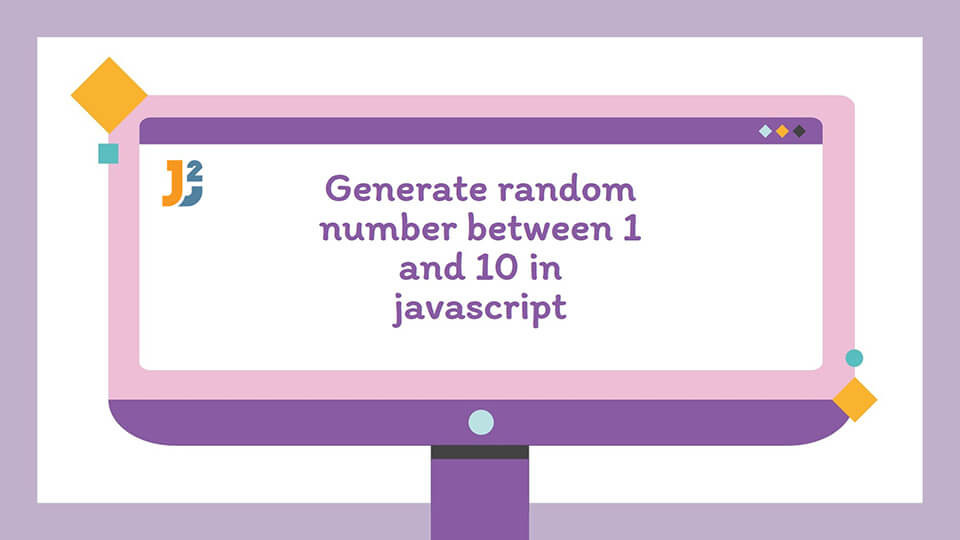Table of Contents
1. Introduction
In JavaScript, generating random numbers is a common task in various applications, such as games, simulations, or as part of algorithms. Our goal is to learn how to generate a random number between 1 and 10, which can be quite handy in many scenarios. The expected output in each case is a single integer between 1 and 10, inclusive.
2. Understanding the Basics
Before diving into the methods, let’s specify what we mean by a “random number.” In computer programming, randomness is often simulated using algorithms that produce pseudo-random numbers. These are not truly random, but for most applications, they are sufficiently unpredictable.
3. Using Math.random() and Math.floor()
The most common approach in JavaScript to generate a random number is by using the Math.random() function. This function returns a floating-point, pseudo-random number in the range from 0 (inclusive) to 1 (exclusive). However, to get a number between 1 and 10, we can combine with Math.floor() method with some additional calculations:
|
1 2 3 4 |
let randomNumber = Math.floor(Math.random() * 10) + 1; console.log(randomNumber); |
Explanation:
Math.random()generates a number from 0 (inclusive) to less than 1.- Multiplying this by 10 produces a range from 0 to less than 10.
Math.floor()then rounds this down to the nearest whole number, yielding a range of 0 to 9.- Adding 1 shifts the range to 1 to 10, thus including 10 in the output.
In case, we want to exclude 10, we can use following formula:
|
1 2 3 4 |
let randomNumber = Math.floor(Math.random() * 9) + 1; console.log(randomNumber); |
4. Using Math.ceil() and Math.random()
An alternative method is using Math.ceil() with Math.random() rather than Math.floor():
|
1 2 3 4 |
let randomNumber = Math.ceil(Math.random() * 10); console.log(randomNumber); |
Explanation:
Math.random() * 10generates numbers from 0 to less than 10.Math.ceil()then rounds up to the nearest whole number, giving a range of 1 to 10.
5. Creating Custom Function for Range Inclusivity
Let’s create function that can offer more flexibility and can be suitable for any range and not just 1 and 10:
|
1 2 3 4 5 6 7 8 |
function getRandomIntInclusive(min, max) { return Math.floor(Math.random() * (max - min + 1)) + min; } let randomNumber = getRandomIntInclusive(1, 10); console.log(randomNumber); |
Explanation:
- The function multiplies
Math.random()by(max - min + 1)to scale it appropriately.minis added to shift the range. Math.floor()then gives an integer in the desired range.
6. Generating a List of Random Numbers
To generate a list of random numbers between 1 and 10, we can use a loop:
|
1 2 3 4 5 6 7 8 9 10 11 12 |
function generateRandomList(size) { let randomNumbers = []; for (let i = 0; i < size; i++) { randomNumbers.push(getRandomIntInclusive(1, 10)); } return randomNumbers; } let randomList = generateRandomList(5); // Generate a list of 5 random numbers console.log(randomList); |
Explanation:
- This function creates an array
randomNumbers. - It then fills the array with random numbers by calling our custom function named
generateRandomList(). - The
sizeparameter determines how many numbers to generate.
7. Conclusion
In this article, we’ve covered various methods to generate a random number between 1 and 10 in JavaScript, including the number 10. We explored the standard method using Math.random() and Math.floor(), alternative methods such as Math.ceil(), and the creation of a custom function for greater flexibility. Additionally, we demonstrated how to generate a list of random numbers within this range.



